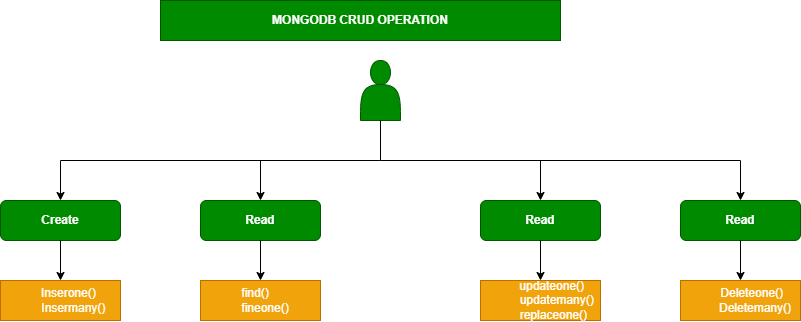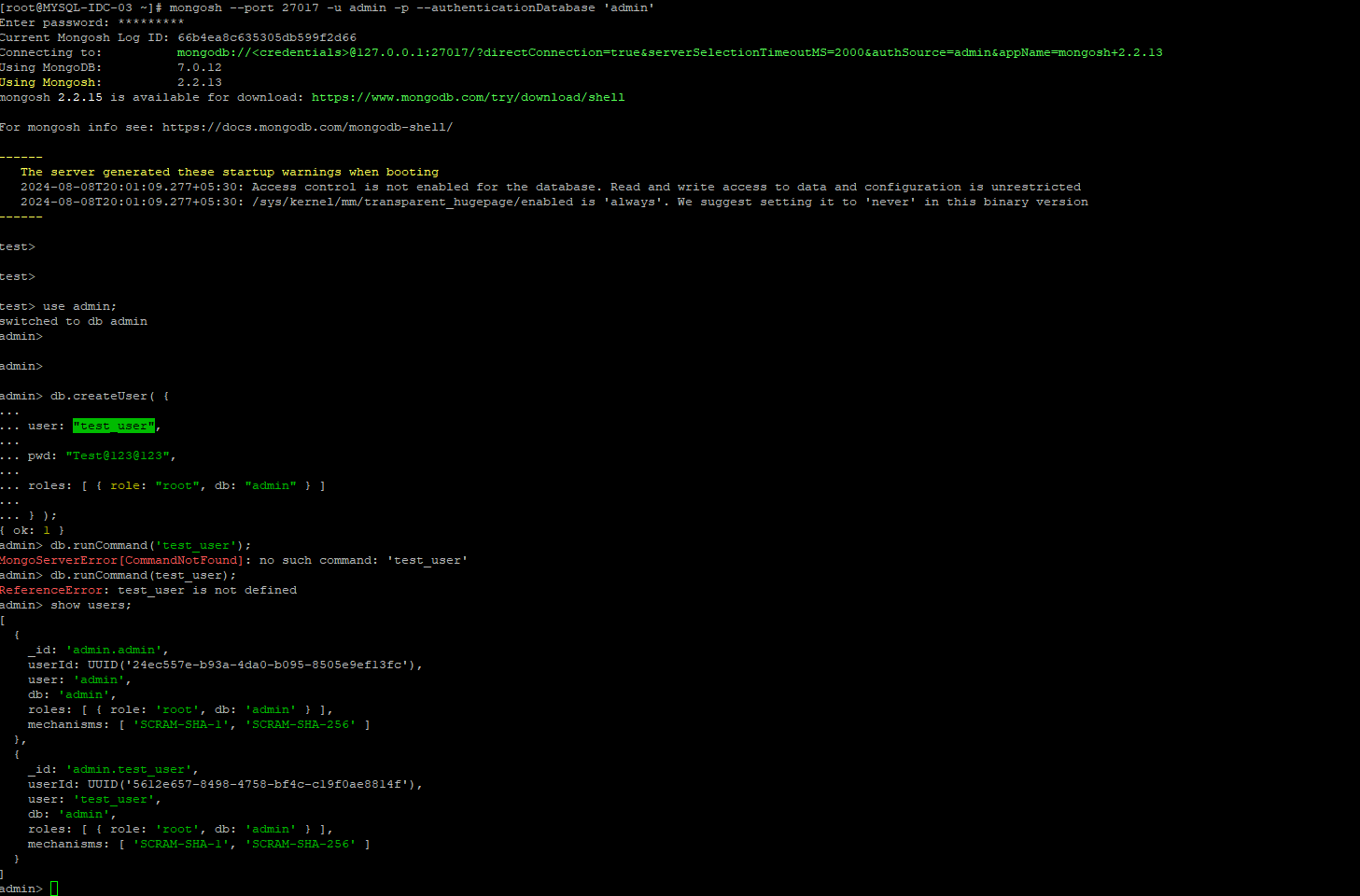MongoDB CRUD Operations

MongoDB CRUD Operations. MongoDB is a persistent document-oriented database used to store and process data in the form of documents. As with other database management systems, MongoDB allows you to manage and interact with data through four fundamental types of data operations: In this article, we will learn all 4 major operations– CREATE, READ, UPDATE, and DELETE that form the CRUD operations in MongoDB. What is CRUD in MongoDB? CRUD operations describe the conventions of a user interface that let users view, search, and modify parts of the database. MongoDB provides an elegant way of performing CRUD operations with the programming language of your choice through its drivers. MongoDB documents are modified by connecting to a server, querying the proper documents, and then changing the setting properties before sending the data back to the database to be updated. When it comes to the individual CRUD operations: C :-Create operations, which involve writing data to the database. R :-Read...


